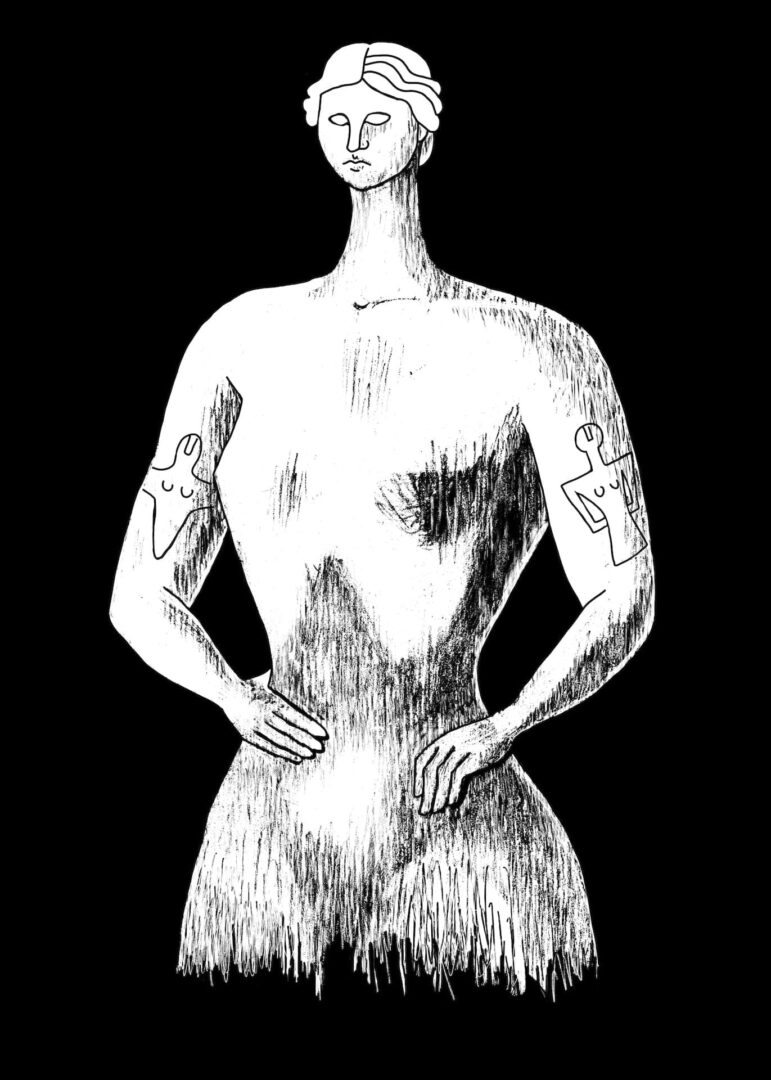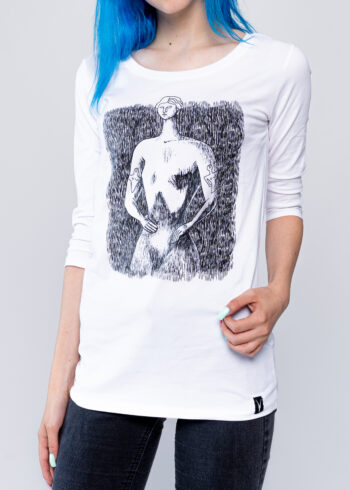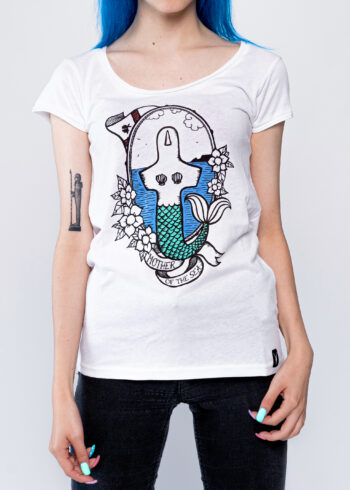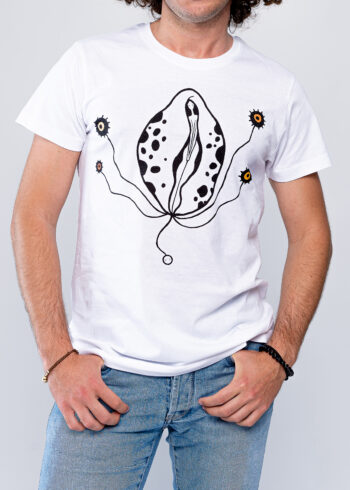
The cult of the Mother Goddess, a primordial divinity present in prehistoric cultures throughout Europe, also in Sardinia assumes a pivotal role and becomes the center around which the first settlements dating back to the Neolithic and throughout the pre-Nuragic period develop, as evidenced by the discovery of numerous exhibits.
According to the hypotheses of well-known experts, its importance was due to the fact that in prehistoric times, since the connection between conception and birth was not clear, the woman’s ability to give life made her the holder of a power on which the survival of the species depended. A power that was precluded to man, for which she apparently gave birth from nothing, changing her appearance from girl to mother and vice versa, and with her body she nourished the newborn.
Her function accompanied the man until his passing away. The rite of burial represented a return to the comfort of the womb, with the infusion in the womb of the earth, from which he was assured of his rebirth in the afterlife. The body of the deceased was first sprinkled with red ocher, simulating the blood with which it was covered at birth because it had to appear as it had arrived, and buried together with the trousseau and an effigy of the Mother.
Starting from the Bronze Age, the cult of the Goddess began to be supplanted by a more warlike male divinity, but her charm, linked to the mystery of her presence in various cultures, continues to feed the imagination of archaeologists and enthusiasts of Worldwide.
There are more than 130 statuettes, found in caves and funerary sites throughout the territory, only 5 of these are male figures, the others are all representations of the Great Mother, made in various shapes and materials. The oldest is the Venus of Macomer, unfortunately eroded and mutilated, but the largest and well-preserved version is the Mother Goddess of Turriga, found by a farmer in 1935 and preserved by his children, until it was recovered by a doctor entrusted to the experts. Today it is kept in the National Archaeological Museum of Cagliari.
-
Big Mother
original40.00 €20.00 € Select options -
Mother
original38.00 €19.00 € Select options




